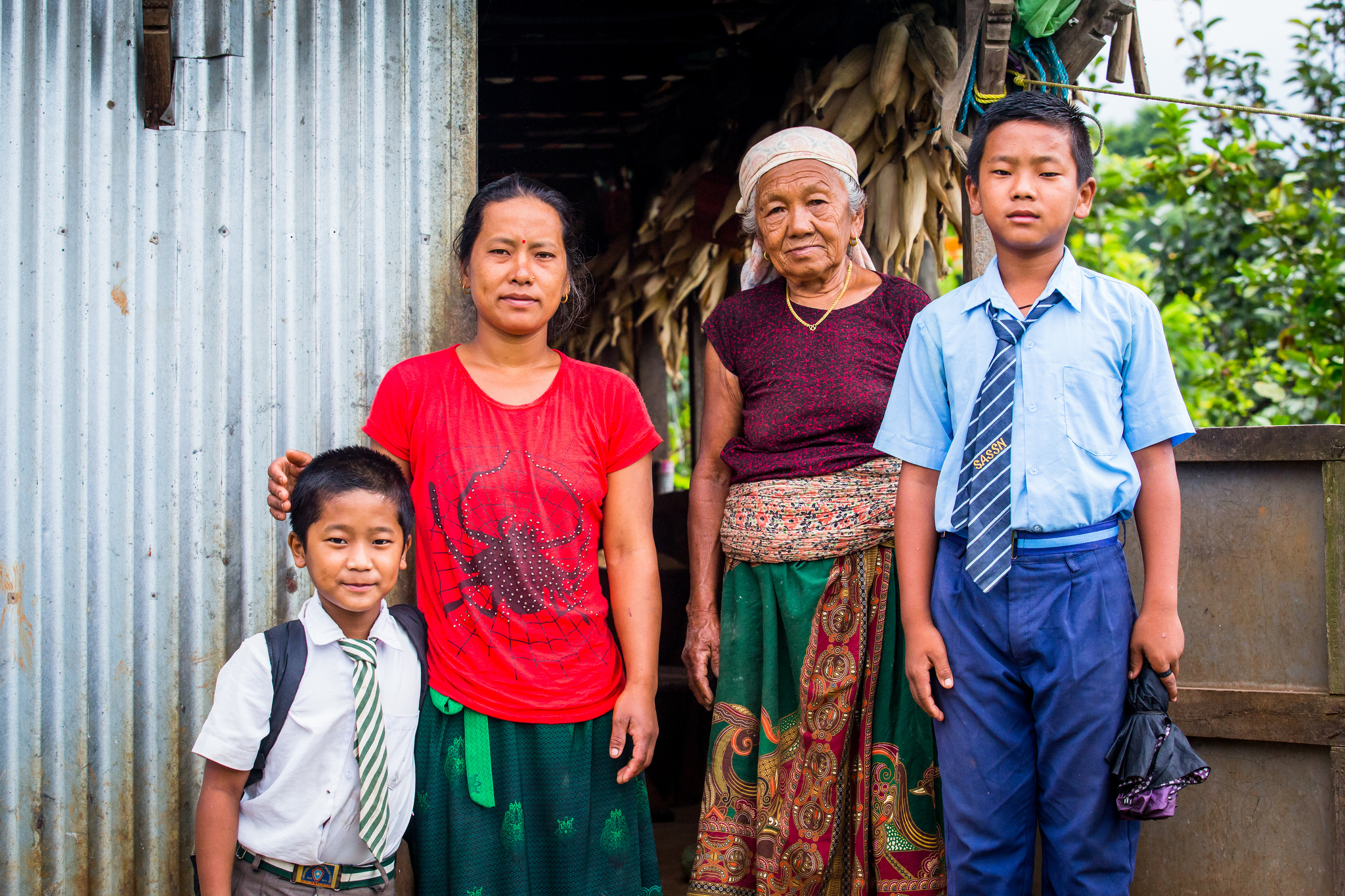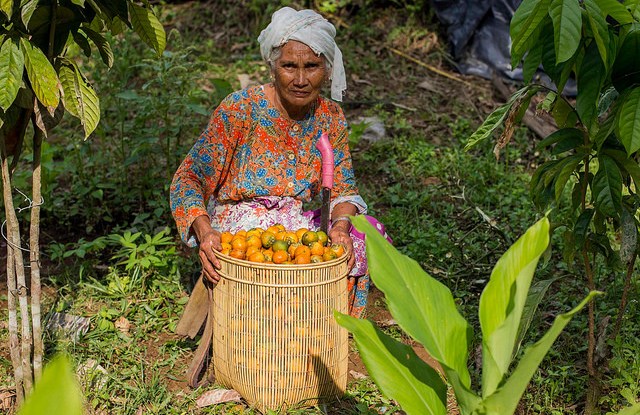When the “gaharu rush” began, the migrants came in their hundreds. Suddenly, in the interior of North Kalimantan in Indonesian Borneo, there was money to be made.
Gaharu, or agarwood – the fragrant, resinous heartwood of Aquilaria trees that have been infected by a fungus – is in high demand for use in Middle Eastern perfumes and Chinese medicines. In 2018, agarwood chips sell for around USD 7,000 per kilogram in some countries – with the very best quality specimens fetching in the millions.
As the gaharu price rose through the 1990s, people flocked to the remote forests of the Apo Kayan – a sub-group of Kalimantan’s Dayak people – in the hope of making a buck. Not just outsiders, either – hundreds of former Dayak locals returned to their home villages, two decades after they’d moved to the lowlands to seek their fortune. They hadn’t found it, so they came back to search for gaharu themselves, or sell services to those undertaking expeditions.
At first, the returnees were welcomed, even though those who left a community traditionally gave up their rights to the land. Rules around who could collect gaharu were lax, found Christine Eghenter, who researched the dynamics of the gaharu rush in the early 2000s.
As more and more outside traders arrived, the customary councils began to debate what to do. Should collectors have to pay a fee to access traditional lands? Should there be a levy on the amount of wood collected? How could they monitor what was harvested deep in the forest? Should outsiders be prohibited from gathering gaharu altogether? Did return migrants count as insiders or outsiders?
No agreement was reached on these questions, and outside traders took advantage of the growing tension and division in the communities.

